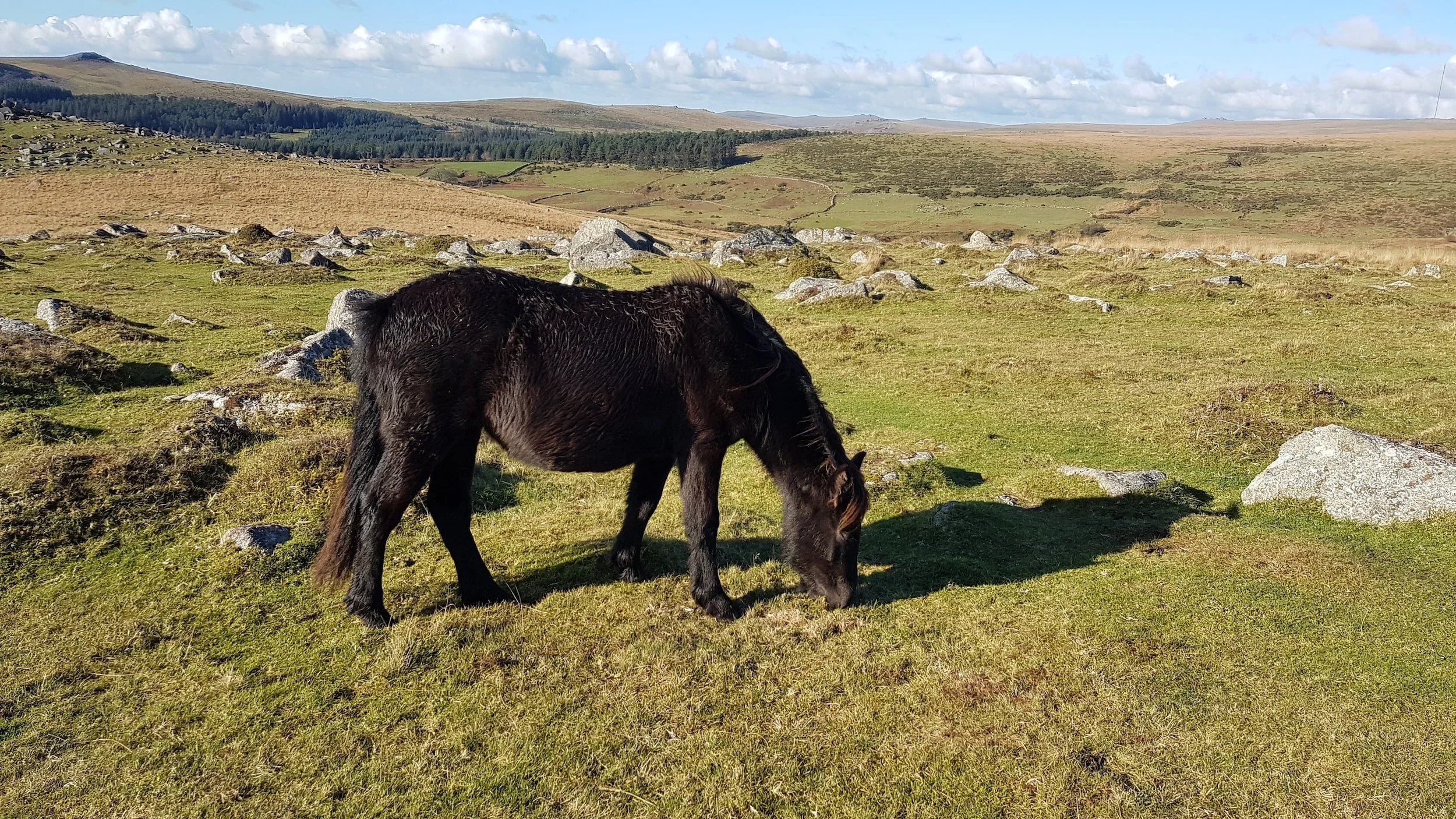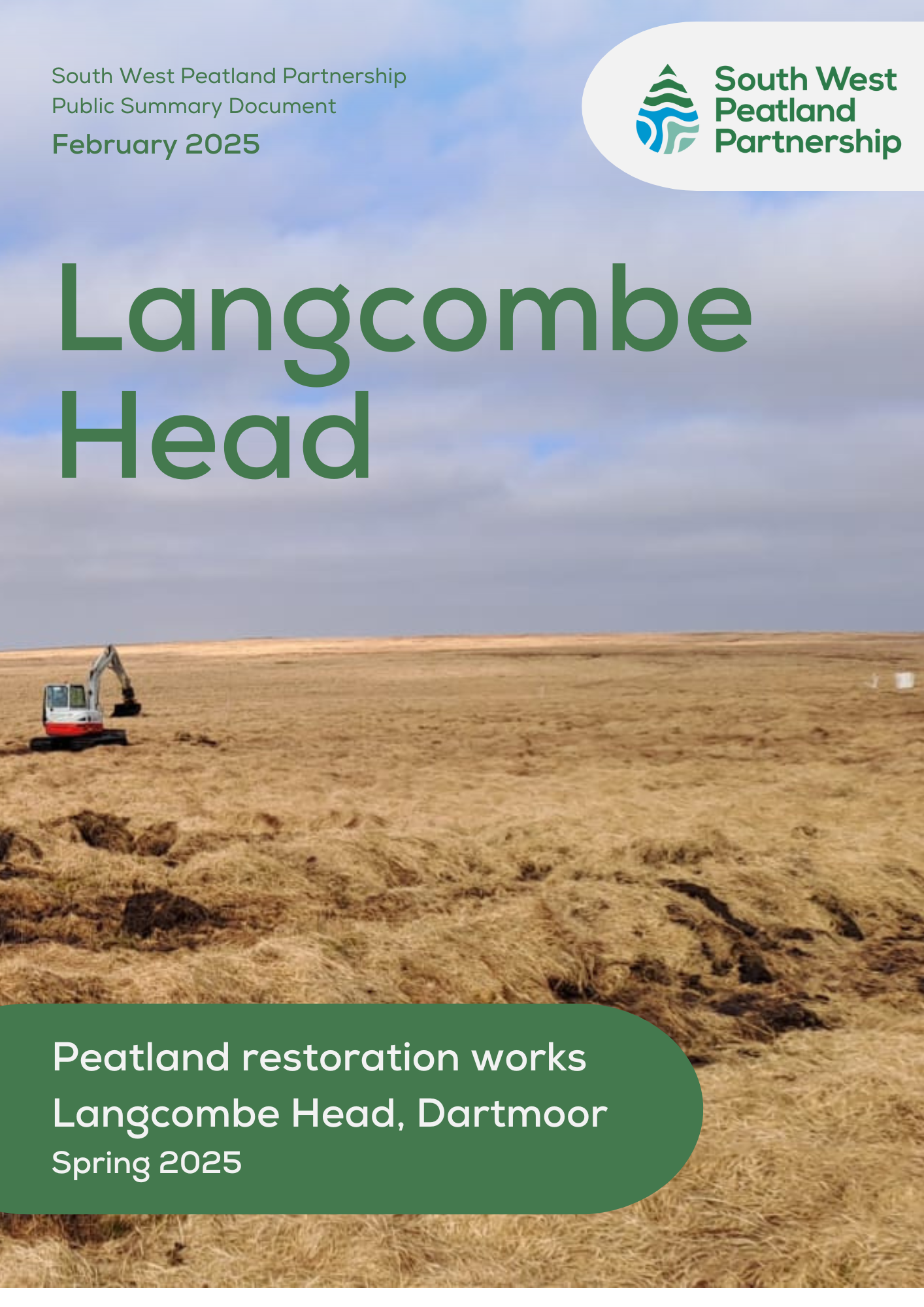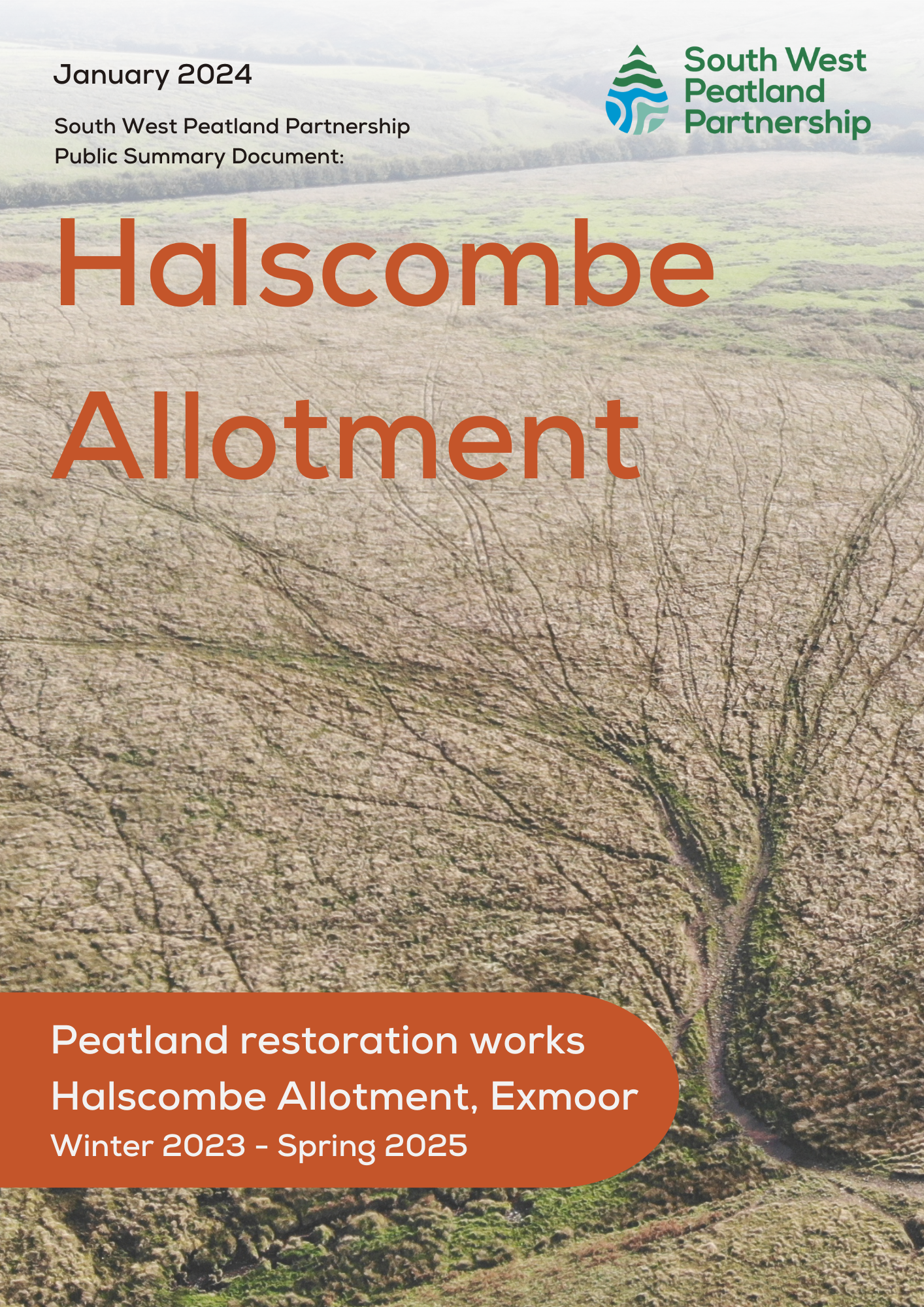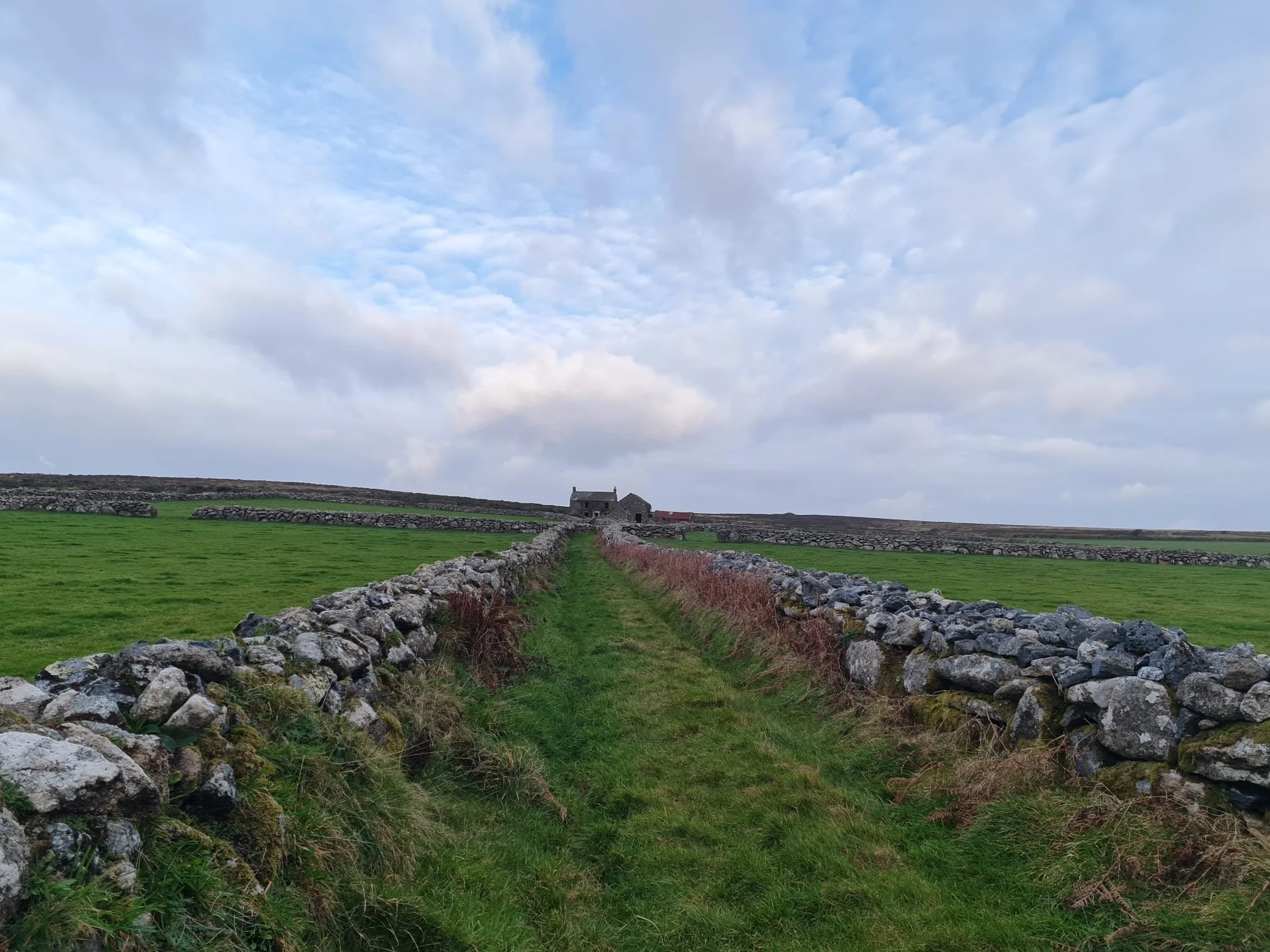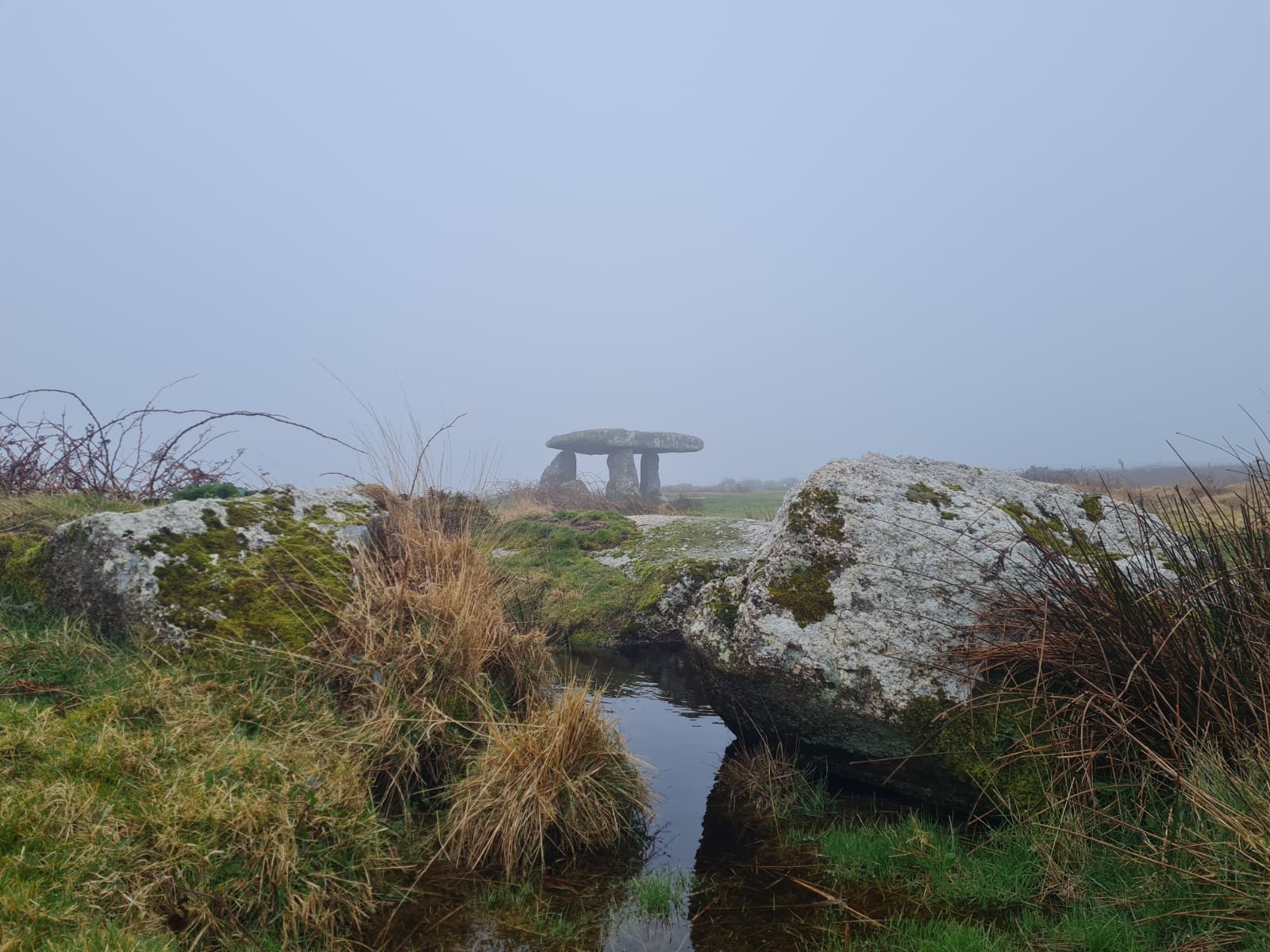
Where we work.
We’re working in partnership across Cornwall, Dartmoor and Exmoor to halt peatland degradation and help restore these important ecosystems.
From the quoits of Cornwall to the valleys of Exmoor, peatlands across the UK’s South West hold huge amounts of history and habitat, culture and carbon. Working in partnership across these areas, we can find what methods work best, sharing challenges and successes, and ensuring that peatlands are in a better state to handle the changing climate and weather patterns faced in the years ahead.
From understanding how local communities value these landscapes, to the benefits restored peatlands can bring for local waterways, wildlife and farming, we work closely to understand the value of peatlands locally, and how approaches to restore and rewet can make a real difference.
Exmoor
Peatland restoration in the UK’s South West finds its origins in the forward-thinking trials and early projects that took place on the mires and moors of Exmoor in the late 1990’s. In this area, a range of methods are aiming to reverse the landscape-scale drainage, burning and reclamation that took place in the 19th Century.
These peatland restoration works continue today, with a renewed determination through the creation of the South West Peatland Partnership to find the best ways to restore peatlands, benefit farming, champion wildlife and keep carbon in the ground.
Work on Exmoor is championed by the National Trust, Exmoor National Park Authority, the RSPB, local landowners and many more vital partners making a difference together.
Restoration works taking place on Exmoor
Dartmoor
The tors and peatlands of Dartmoor are iconic, and the backdrop to many families enjoying days out to see the ponies and picnic spots.
It’s also a vital area for peatland restoration works to take place. Large amounts of water falls on Dartmoor, but large gullies, peat pipes and ditches channel this water rapidly away. This not only leaves the peat dry and eroded in many places, but also causes rapid runoff, reduces the quality of water in rivers and streams and leaves the land more susceptible to a future of climate change, drought and extreme rainfall.
With areas of peat up to 6 metres in depth, there’s a huge amount of good to be done on Dartmoor. The SWPP team works here with a wide range of partner organisations including the Duchy of Cornwall, Dartmoor National Park Authority, the Environment Agency and local commoners and farmers to find the best ways to store water on areas of peatland and bring about a range of benefits for the climate, wildlife, farming and people.
Aerial image taken pre-restoration on NW Dartmoor
Just some of our recent & current restoration works
Bodmin Moor
The place of stories and legends, of beasts and Cornwall’s highest point, Bronn Wennili.
It’s also a varied landscape, home to reservoirs, recreation and farming across its areas of peatlands. People have worked, shaped and fashioned Bodmin Moor for hundreds of years, and many more still today visit to take in its beauty.
As across Exmoor, Dartmoor and West Penwith, we’re working collaboratively to conduct extensive monitoring works across Bodmin Moor, from counting bird species to measuring the carbon flux of peatlands and tracking the levels of water retained on the landscape. This is crucial as it helps SWPP organisations to build up a well-rounded image of the health of peatlands, the success of restoration methods and learn lessons to inform future approaches. Just a few of the partners involved with works here include South West Water, the University of Exeter, South West Lakes Trust and Cornwall Wildife Trust.
Aerial image of restoration works on Bodmin Moor. Credit: Dr Pia Benaud
Aerial image of restoration works on Bodmin Moor. Credit: Dr Pia Benaud
West Penwith
Shaped by the waves and winds coming in off the Atlantic Ocean, West Penwith sits at the most westerly point of the UK. A range of partners and the SWPP team are working to restore hydrological function to mire habitats in the area, aiming to encourage ecological change and improve wildlife habitat as well as rewetting the peat.
As with all sites, consideration of the Historic Environment and archaeology plays a huge part in the work of sites in West Cornwall. Sitting in the Cornwall AONB, many scheduled monuments such as mining engine houses, standing stones and quoits can be found, remnants of our past preserved in and on areas of peat and moor.
Our team of Historic Environment Officers are part of the planning process at every stage on West Penwith to ensure we are helping preserve, protect and improve these spaces. The team works with many key organisations here including Natural England, Cornwall Council and Historic England.
Lanyon quoit



